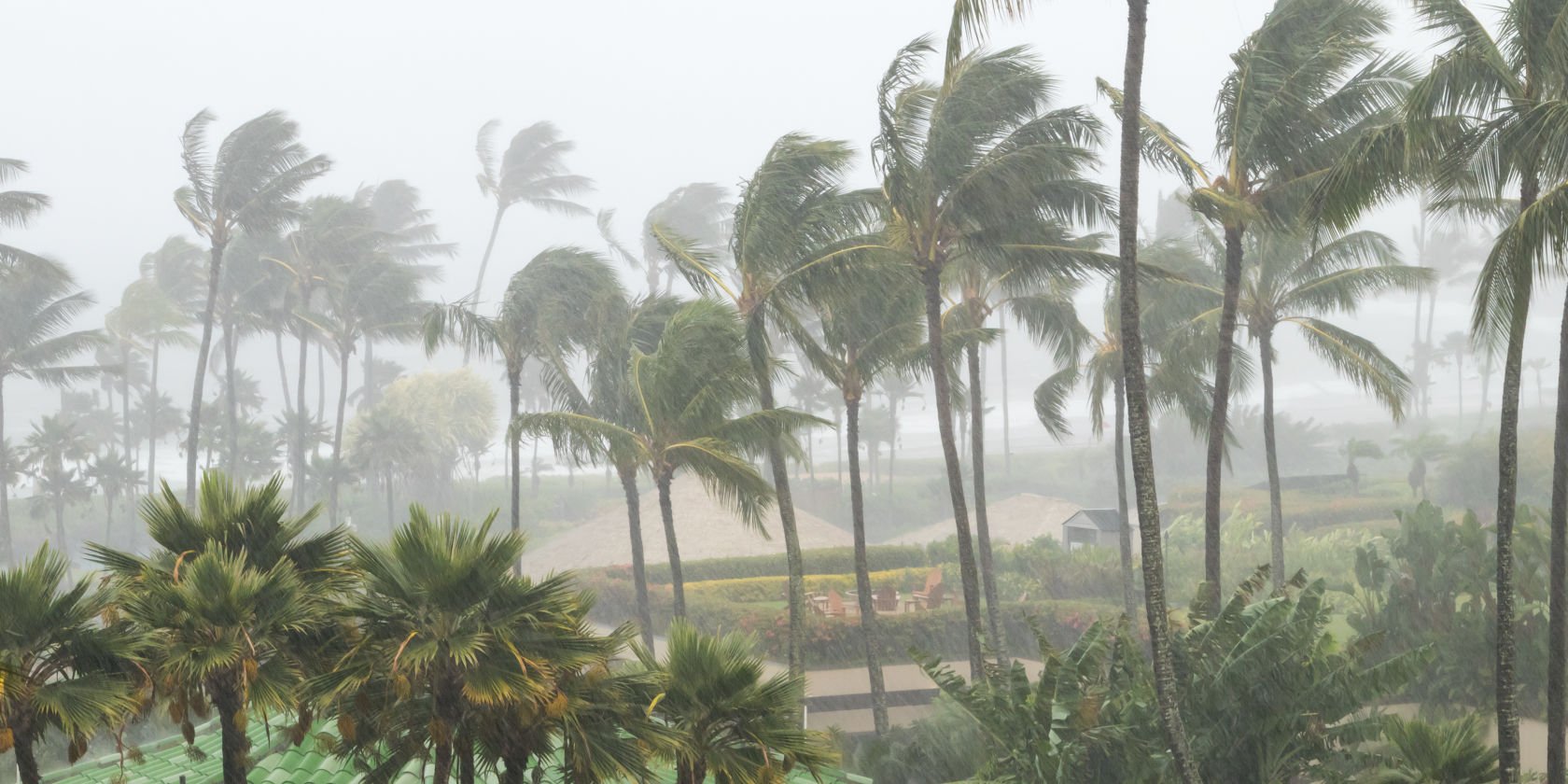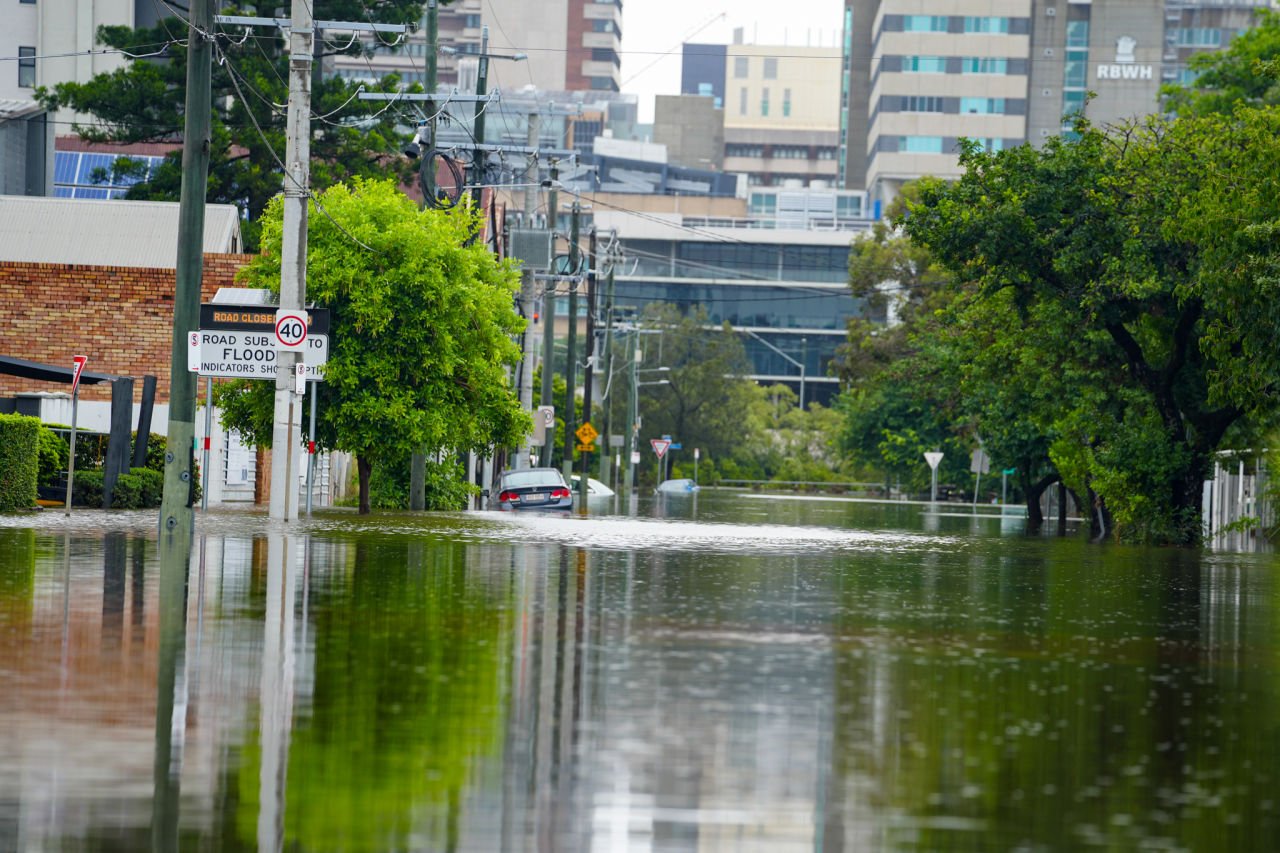South East Queensland crowned Australia’s severe weather hotspot
South East Queensland has topped the ladder again, but this time in a much less desirable category – Australia’s home of natural disasters – according to new data from Suncorp.
Share

Analysis of thousands of severe weather claims between July 2022 and June 2025 revealed nine out of ten hotspots in the country were located in South East Queensland, including seven on the Gold Coast. Banora Point was the only location outside of Queensland – just across the New South Wales border in Tweed.
Top 10 hotspots ranked (suburb, postcode & region)
1. Upper Coomera, 4209, Gold Coast
2. Helensvale, 4212, Gold Coast
3. Tamborine Mountain, 4272, Scenic Rim
4. Coombabah, 4216, Gold Coast
5. Redland Bay, 4165, Redland
6. Oxenford, 4210, Gold Coast
7. Paradise Point, 4216, Gold Coast
8. Runaway Bay, 4216, Gold Coast
9. Mudgeeraba, 4213, Gold Coast
10. Banora Point, 2486, Tweed
The East Coast holiday storms, a series of violent thunderstorms that struck South East Queensland over Christmas in 2023, spring hailstorms in 2024 which swept across Queensland and New South Wales; as well as Tropical Cyclone Alfred earlier this year were identified as the key weather events that led to the high volume of claims in the region.
The top nine locations were heavily impacted by both the East Coast holiday storms and Tropical Cyclone Alfred, while Banora Point was impacted by all three events.
While these events had devastating impacts, including some severe structural damage in parts, the prolonged power outages associated with these weather events made food spoilage the top claim type during the three-year period.
Seasonal outlook points towards a wetter than average season in Queensland
The findings come as Suncorp’s own Severe Weather Meteorologist, Andrew Bufalino forecasts a wetter than usual season for parts of the East Coast but acknowledged a mix of conditions at play across the country, which Australians needed to prepare for.

Suncorp Severe Weather Meteorologist, Andrew Bufalino
A likely shift towards La Niña conditions means Queenslanders can expect above-average rainfall, increasing the risk of flash and riverine flooding along the eastern seaboard.
“These conditions mean thunderstorm and hail risks are elevated from southern inland Queensland, through South Australia and western Victoria, while activity should remain subdued along the east coast, including Brisbane and Sydney.”
Mr Bufalino said while the bushfire risks were reduced for the first part of the season, we may see this escalate through summer in Western Australia’s southwest and parts of the Murray-Darling Basin.
“Interestingly, previous years with similar conditions – 2016, 2021 and 2022 – saw significant impacts from floods, hail, wind, and thunderstorms.
"In these years, floods caused the highest costs, but hail and wind were major loss drivers from an insurance perspective.”
Hot or not – now is the time to prepare
Suncorp’s Head of Home Product & Portfolio Josh Kelland said the data and the season forecast should serve as a timely warning for all Australians ahead of the upcoming disaster season.
“Regardless of whether your suburb ranked number one or 100 on our hotspots list, now is the time to prepare yourself, your family and your home for the summer disaster season,” Mr Kelland said.
“Some regions may be more used to wild weather, however as we’ve seen time and time again, Mother Nature can strike anywhere, and at any time.
"This has a significant impact on homes and communities, so now is not the time for complacency,” Mr Kelland said.
“While our forecast for the season is trending towards increased rain, storm and flooding, it’s important that all Australians understand and are prepared for the risks specific to their home.
"That’s why earlier this year, we launched Suncorp Haven, a free tool used to help Australians understand their potential exposure to severe weather events and how to prepare."

Haven uses property, location, weather, and natural peril risk data, allowing any homeowner in Australia to enter their address and understand their home’s weather risks in a tailored, dynamic video and downloadable resilience report.
Mr Kelland said while the Haven tool will help homeowners identify and understand the risks specific to their home –there were some simple steps all Australians should take ahead of the summer disaster season.
“Tasks like trimming trees, clearing your gutters and inspecting your roof for loose or damaged tiles doesn’t seem like much, but when weather hits, having done these tasks could mean the difference between no claim at all, or major damage,” Mr Kelland said.
Suncorp Head of Home Product & Portfolio, Josh Kelland
It pays to be prepared. The weather may not have a plan, but you can - and that’s the message we want all
Australians to take leading into this summer disaster season.
Queensland's State Emergency Service Chief Officer, Dr Mark Armstrong, said: "Queenslanders know all too well the impacts of severe weather, with the North Queensland floods, Tropical Cyclone Alfred and the Western Queensland floods making the 2024-25 season one of our most demanding.
"As we look ahead to the current severe weather season, we expect storms, cyclones and heavy rainfall to again challenge communities across the state.
"That's why preparation is vital - trim your trees, clean your gutters, secure loose items around your home, check your emergency kit, and develop an emergency plan that everyone in your household understands.
"Weather doesn't plan, but you can. By taking these simple steps now, you'll help protect yourself, your family, and your property when severe weather strikes."

"The SES is ready to assist Queenslanders when severe weather strikes, but we all have a role to play in reducing risks and staying safe. Taking proactive steps now can make all the difference during severe weather."
Top tips to prepare
• Secure and put away loose items around your backyard or balcony.
• Trim trees and branches that could fall onto your home or car.
• Clean your gutters, downpipes and drains of leaves and debris.
• Park your vehicles under cover and away from trees or powerlines.
• Inspect retaining walls.
• Ensure there’s no corrosion, loose fittings or rotting timber around your property.
• Inspect your roof for damaged or loose tiles.






